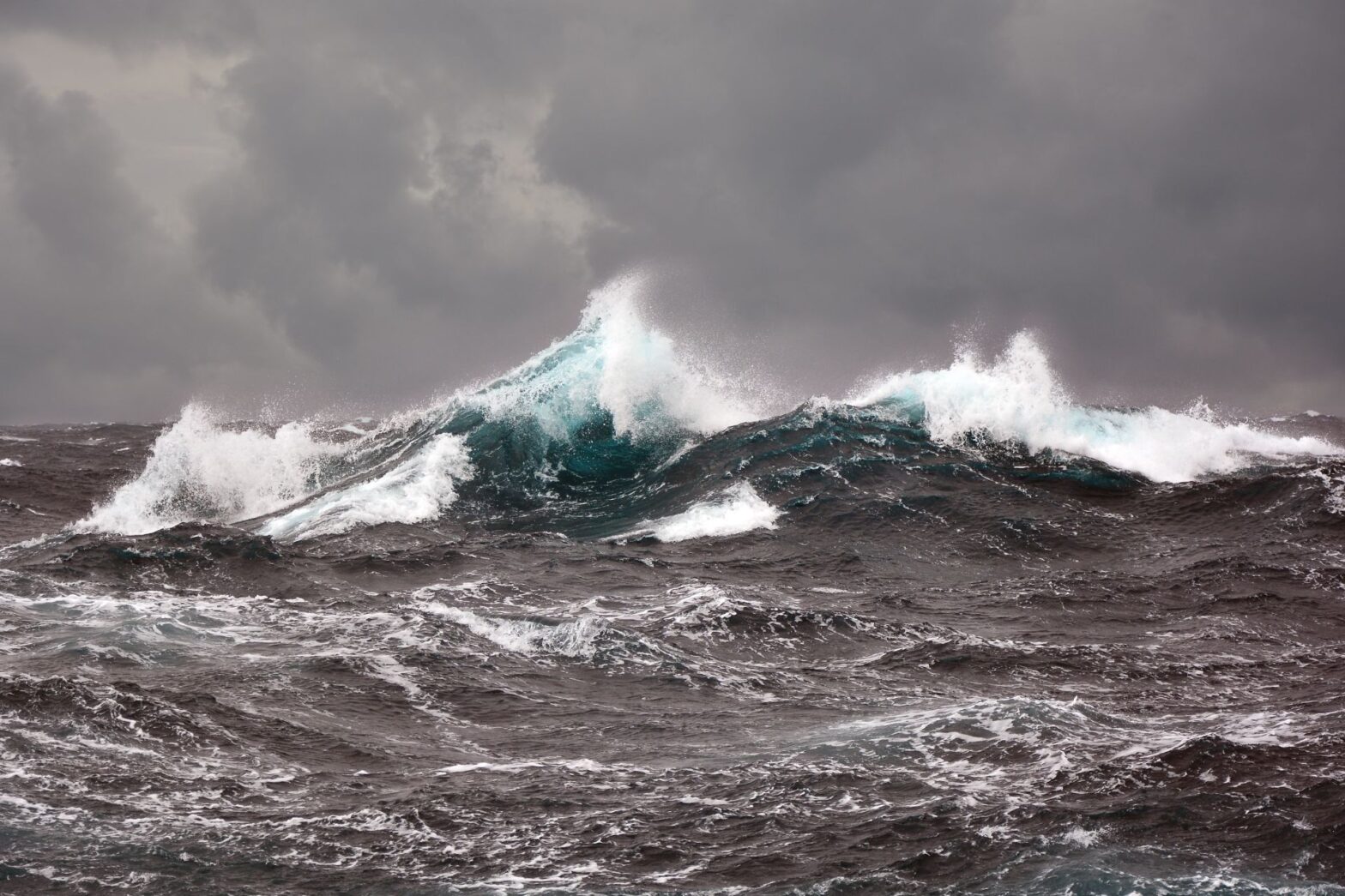High Seas Treaty (UNCLOS BBNJ)
International legally binding instrument under the United Nations Convention on the Law of the Sea on the conservation and sustainable use of marine biological diversity of areas beyond national jurisdiction (BBNJ)
The High Seas Treaty (commonly also referred to as the BBNJ-Treaty) is a once-in-a-generation opportunity that seeks to conserve marine biodiversity in areas beyond national jurisdiction. The high seas are a global common and belong to no single country alone but to all nations alike.
The high seas cover about half of our planet and account for two-thirds of the ocean. Yet only about 1 percent of it is protected. The 1980s Convention on the Law of the Sea (UNCLOS) regulates the use of the ocean and its resources, but not the conservation of marine biodiversity in the high seas. The new High Seas Treaty addresses this gap and lays the groundwork for the transformative change that is needed in conserving and protecting marine biodiversity in international waters. The BBNJ-Treaty is long overdue and a necessary step towards conserving ocean life and ensuring the ocean’s ability to supply the oxygen and the food supply, as well as significantly contribute to climate change mitigation in its role as carbon storage.
From beginning to end: OceanCare has followed it all
The High Seas Treaty has been long in the making. In 2004, the General Assembly established an Ad Hoc Open-ended Informal Working Group (AOEWG) to study issues relating to the conservation and sustainable use of marine biological biodiversity in areas beyond national jurisdiction. In 2011 – at the fourth meeting of the Working Group – countries agreed on a package of issues to focus on moving forward, including the decisions to focus on marine genetic resources, including questions on the sharing of benefits (Part II), measures such as area-based management tools, including marine protected areas (Part III), environmental impact assessments (Part IV), and capacity-building and the transfer of marine technology (Part V). These parts, which are interconnected in many ways, build the core structure of the draft High Seas Treaty currently under negotiation.
In 2015, the General Assembly established a Preparatory Committee to elaborate on the elements (see above), which culminated in the recommendation to UN General Assembly to convene an intergovernmental conference (IGC) with a view of developing a High Seas Treaty.
In 2017, the General Assembly followed the advice of the Preparatory Committee and decided to convene an intergovernmental conference to formally commence the development of a High Seas Treaty. The General Assembly mandate four IGCs in total, which were to be held between 2018 and the first half of 2020.
High Seas Treaty on the home stretch
The last scheduled Intergovernmental Conference to conclude an agreement was held in March 2022, following numerous postponements due to the outbreak of COVID-19. Unable to find agreement, governments again gathered at the United Nations Headquarters in New York in August 2022 for an additional (originally not mandated) session. Despite significant progress, governments unfortunately ran out of time and suspended the Fifth IGC which is intended to resume at the end of 2022 or early 2023.
OceanCare’s contribution to the BBNJ negotiation process
OceanCare has been following the deliberations on a High Seas Treaty from the very beginning and has actively engaged in the five Intergovernmental Conferences from 2018-2022.
OceanCare will continue working with governments and intergovernmental organisations, underscoring the importance of the effective management of transboundary pollution by the High Seas Treaty.
Our goal will remain to have globally binding and uniform standards for assessing and managing human activities that effect the high seas. Before activities that could harm the environment may proceed, their environmental impact must be assessed, mitigated and only then should the activity be approved, irrespective of where these activities occur. After all, marine pollutants that threaten biodiversity – such as noise, plastics, or chemicals – pollute the ocean not only at their source but far from their point of origin.
Any meaningful effort to conserve marine biological diversity in the high seas must include well-managed marine protected areas that incorporate both a management plan and concrete measures, and that are large enough to address the transboundary nature of many pollutants, especially underwater noise.
OceanCare’s experiences in other foras have made evident the importance of the proper governance of a successful agreement. OceanCare has hence advocated for an implementation and compliance mechanism that supports countries with implementation issues or addresses any disputes that may arise. More so, OceanCare has noted the significant contribution of civil society to the BBNJ-process to date and the critical role that non-governmental organisations will have to ensure implementation of the High Seas Treaty once adopted.
OceanCare will continue to engage in the Intergovernmental Conference to conclude a High Seas Treaty by the end of 2022 or in the early months of 2023. But our work does not end there. Once the Treaty is adopted, our efforts will be directed at the rapid ratification and proper implementation of the Agreement in the years to come.
